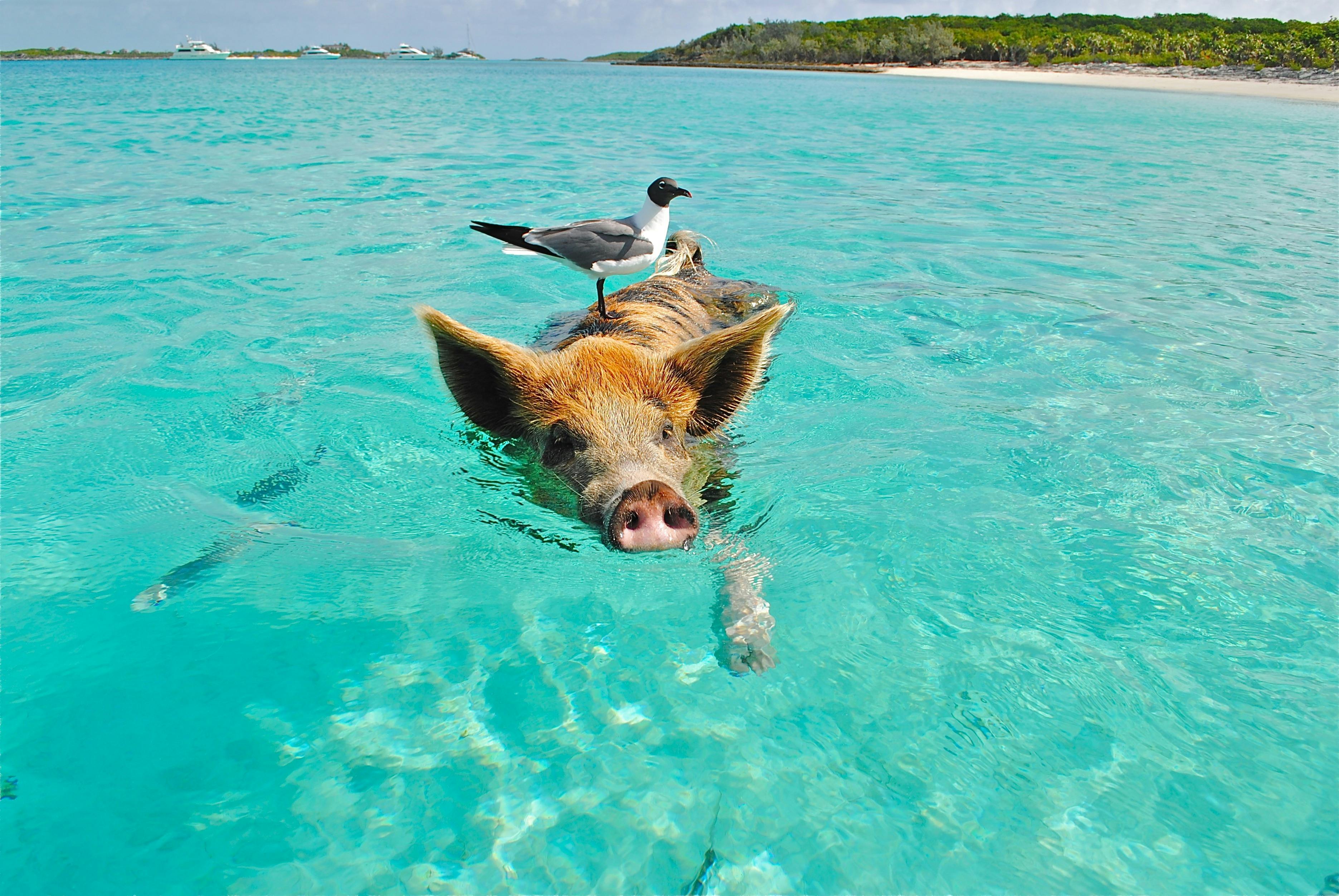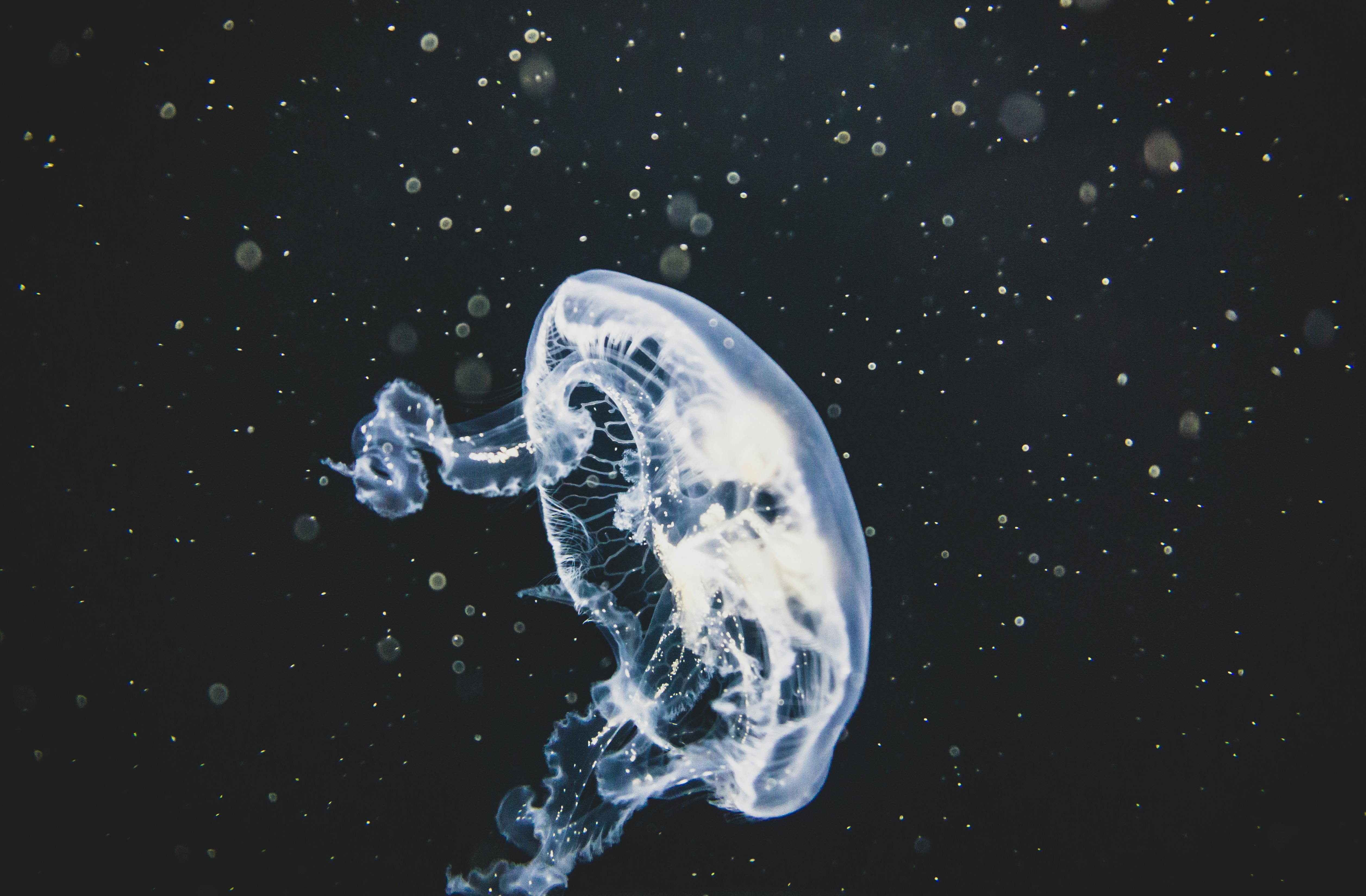
Effective Ways to Care for Fresh Water Puffer in 2025
Freshwater puffers are captivating aquatic creatures known for their unique behaviors and charming personalities. As aquarium enthusiasts increasingly seek to keep these delightful pets, understanding their specific care requirements becomes crucial. Whether you're a novice or an experienced aquarist, knowing how to create the ideal environment, provide proper nutrition, and ensure their health can enhance your experience with freshwater puffer fish.
In this comprehensive guide, we will explore the best practices for pufferfish care in 2025. We will delve into their dietary needs, tank setup, behavior, and compatibility with other aquatic species. Additionally, we’ll provide insights on maintaining the right water parameters and preventing health issues. By the end of this article, you'll be equipped with essential knowledge to successfully care for your freshwater puffer fish.
Key takeaways include understanding the unique characteristics of freshwater puffers, their feeding habits, breeding patterns, and the ideal tank environment necessary for their well-being.
Understanding Freshwater Puffer Characteristics
Freshwater puffer fish present a fascinating array of characteristics that make them unique among aquatic species. Generally recognized for their distinctive ability to inflate their bodies when threatened, these fish exhibit a range of vibrant colors and patterns. Size can vary greatly among the various freshwater puffer species, with some reaching up to 8 inches in length, while others remain considerably smaller.
The personality of freshwater puffers is another noteworthy aspect. They are known for their curious and playful nature, and many of them exhibit signs of recognition towards their owners. This behavioral trait can lead to a more interactive aquarium experience, with puffers often engaging with tank mates and responding to feeding times eagerly.
It's also essential to highlight that freshwater puffer fish have specific habitat requirements. They thrive in environments rich in vegetation and hiding spaces, which replicate their native habitats in the wild. Understanding and catering to these characteristics is key to successful puffer fish care.
Distinctive Traits of Freshwater Puffers
1. Size Variability: Different species of freshwater puffers come in various sizes, impacting tank setup and care requirements.
2. Inflation Behavior: Freshwater puffers can puff up significantly when threatened, a survival mechanism to deter predators.
3. Feeding Habits: They require a varied diet to meet their nutritional needs, which we'll explore further in the following sections.
By recognizing these characteristics, aquarists can better prepare and maintain their tank environments catering to the specific needs of different freshwater puffer species.
Behavioral Insights of Freshwater Puffers
Understanding the behavioral patterns of freshwater puffers is key to providing a suitable habitat. Typically, these fish are calm but can become aggressive under stress or territorial disputes. They benefit from spacious tanks that allow for exploration and the establishment of territories without confinement.
Freshwater puffers display social behavior with their tank mates; however, compatibility can vary significantly among species. Careful selection of tank mates is essential to maintain harmony in the aquarium, and their interactions can often provide valuable insights into their health and well-being.
Observing their social interactions not only enriches your experience but also helps in early detection of any behavioral changes which could signal stress or health issues. Educating yourself about puffer fish behavior in aquariums ensures that you create a better environment tailored to their needs.

Setting Up the Perfect Puffer Fish Aquarium
The foundational step in caring for a freshwater puffer fish is setting up an appropriate aquarium. The tank's size and layout play a critical role in ensuring the health and well-being of your puffer fish. A recommended tank size for most puffers is at least 30 gallons, allowing ample space for swimming and exploration.
In addition to size, tank decor is vital. Puffers thrive in environments that mimic their natural habitats. Incorporating plants, rocks, and hiding spots not only enhances the aesthetic appeal of the aquarium but also provides necessary cover and security for the fish. However, be cautious with decor materials; sharp edges can harm puffers, which have sensitive skin.
Optimal Water Parameters
To maintain a healthy freshwater puffer, you must monitor and maintain specific water parameters. Ideal temperature ranges between 74°F to 82°F with neutral to slightly alkaline pH levels (6.5-7.5) are crucial for their wellbeing. Regular water changes (10-20% weekly) are necessary to maintain quality and prevent disease.
Additionally, using a reliable filtration system will help in maintaining clean water while avoiding rapid current, which puffer fish may find stressful. Regular testing of ammonia, nitrite, and nitrate levels ensures that your aquarium remains a safe haven for these intriguing fish.
Providing Proper Tank Maintenance
Maintaining a puffer fish tank requires diligence and understanding. Regular tasks include cleaning the substrate, ensuring the filtration system is functioning effectively, and checking for signs of algae growth which can be detrimental. Keeping the tank’s equipment in optimal condition preserves water quality and reduces stress for the puffer fish.
Establishing a maintenance schedule can help you stay organized and ensure that no crucial task is overlooked. Additionally, maintaining good water quality is essential for enhancing the lifespan and overall health of freshwater puffers.
Feeding Your Freshwater Puffer Fish
Feeding is one of the most critical aspects of puffer fish care. These fish are known for their diverse dietary needs, and their diet should consist of high-quality pellets, live or frozen foods, and occasional vegetables. A varied diet ensures that freshwater puffers receive all necessary nutrients for growth and reproduction.
Knowing how and when to feed your puffer fish is equally as important. Feeding frequency typically ranges from 2-3 times per week, with consideration for their size and tank mates. Overfeeding can lead to health issues, such as obesity or water quality problems. Therefore, it's best to offer small amounts and observe their consumption before deciding on subsequent feeds.

Freshwater Puffer Feeding Habits
Puffer fish are opportunistic feeders; hence, they can be quite adventurous eaters. It's essential to integrate a variety of food options into their diet. Live foods like snails, worms, and shrimp can mimic their natural feeding habits while promoting good health. On the other hand, high-quality pellets suited for pufferfish can serve as a stable food source.
Also, consider their calcium needs—offering snails or crushed eggshells can aid in proper shell development. However, avoid over-relying on a single food source as it may lead to nutritional deficiencies.
Avoiding Common Feeding Mistakes
Common mistakes in puffer fish feeding include neglecting food variety and improper portion sizes. Always ensure that the diet is balanced, and avoid feeding solely on high-protein items to prevent health issues. Furthermore, being attentive to food quality and freshness can mitigate risks of disease and enhance the overall vitality of your freshwater puffer fish.
Freshwater Puffer Health and Disease Prevention
Maintaining the health of your freshwater puffer is paramount for a long-lasting aquarium experience. Regular health checks can help identify issues before they escalate. Watch for changes in behavior, appetite, and physical appearance, which may indicate problems.
Common freshwater puffer fish illnesses include skin parasites, ich, and bacterial infections. Prompt treatment and proper quarantine measures can prevent the spread of diseases. Additionally, maintaining optimal water parameters reduces the risk of illness and stress, contributing to a healthier puffer environment.
Monitoring Freshwater Puffer Health Signs
Healthy puffers should exhibit active swimming patterns and vibrant coloration. Any signs of lethargy, loss of appetite, or discoloration should prompt immediate investigation. Regular monitoring of your puffer's health not only helps in early diagnosis but also reassures you of their well-being.
Making Sense of Puffer Fish Aggression and Compatibility
Freshwater puffers can display varying degrees of aggression; thus, understanding compatibility is essential. They can coexist peacefully with some species but may fight with others, especially if they feel threatened. Conducting thorough research on tank mates before introducing them can prevent territorial disputes.
Conclusion: Best Practices for Freshwater Puffer Care in 2025
Caring for freshwater puffer fish requires thorough research, observation, and commitment to ensuring they thrive in an aquarium setting. From creating an ideal tank setup to providing a balanced diet and monitoring health, every aspect plays a vital role in their overall well-being.
By understanding their behaviors, needs, and health management, you can cultivate a peaceful and thriving environment for your freshwater puffers. As you embark on your puffer fish journey, remember these essential care techniques to enjoy a unique and rewarding aquaristic experience.
```